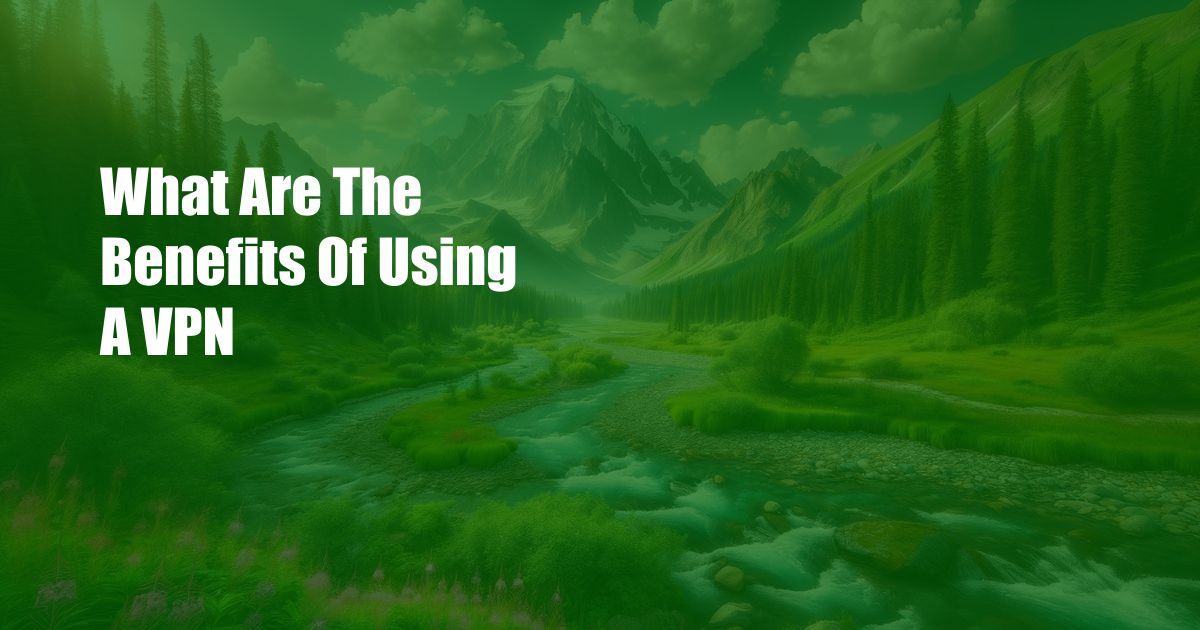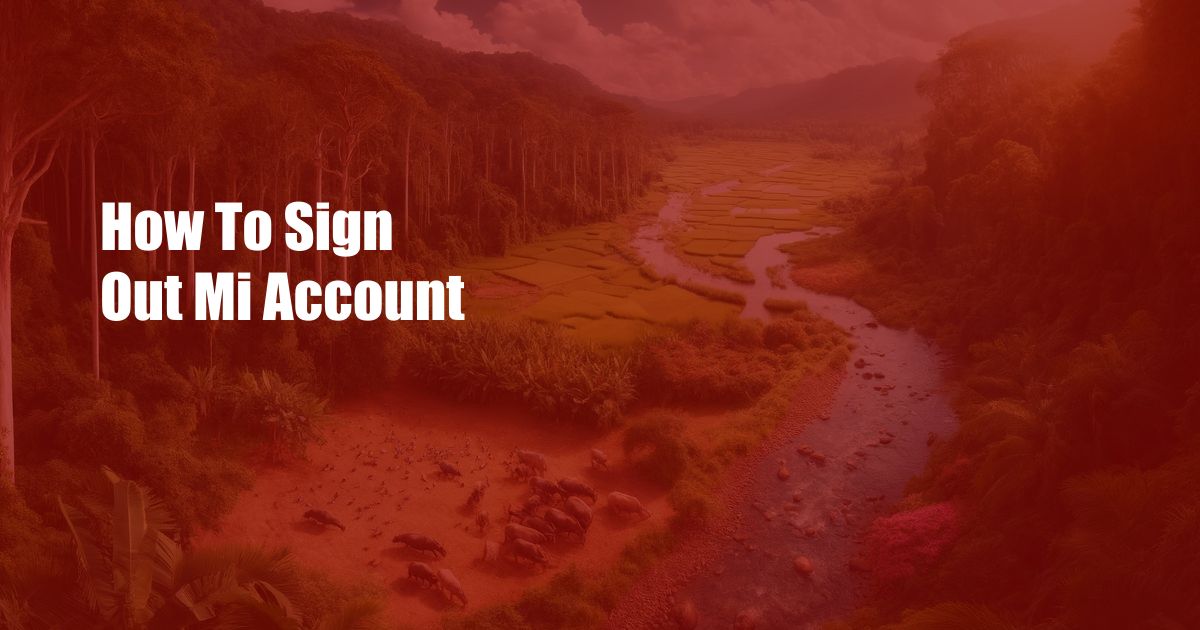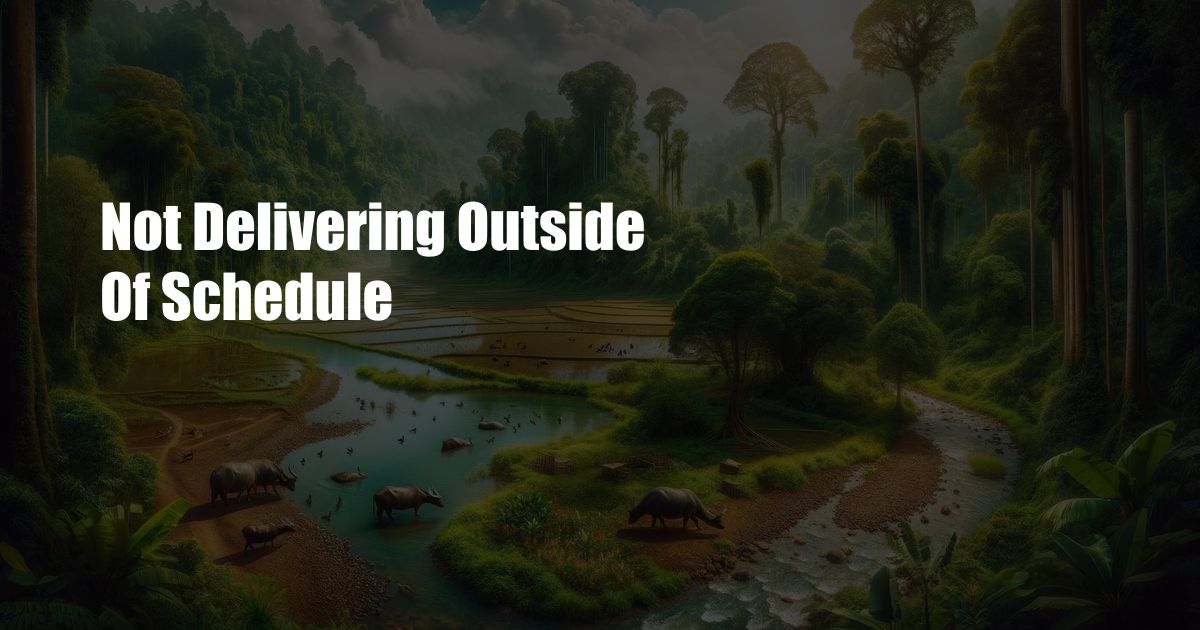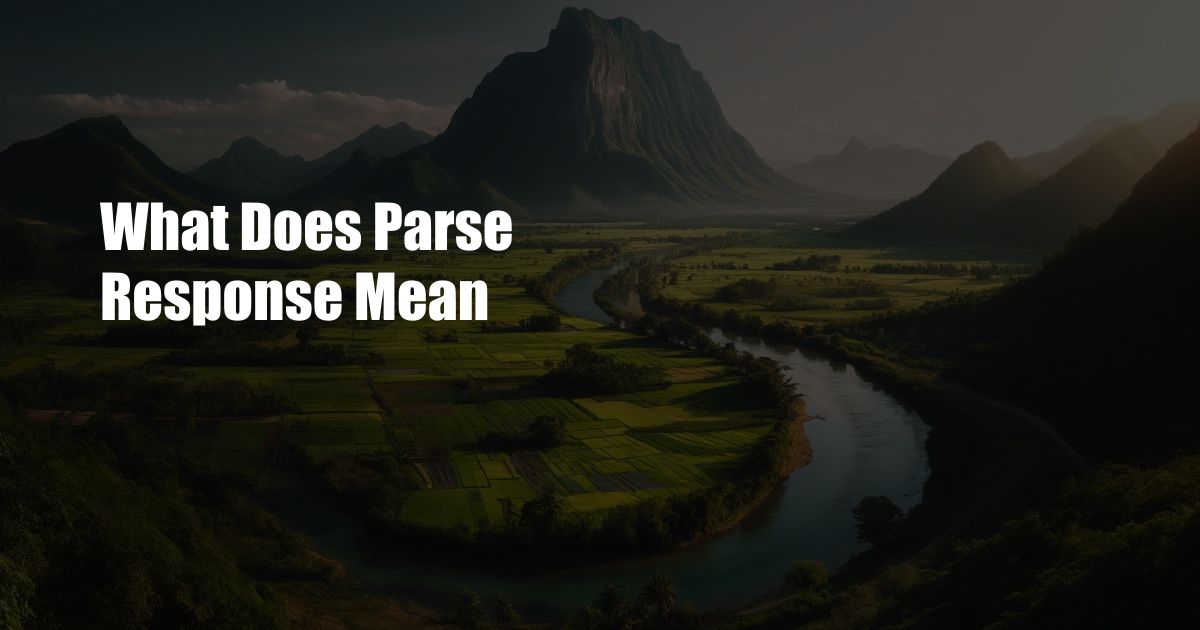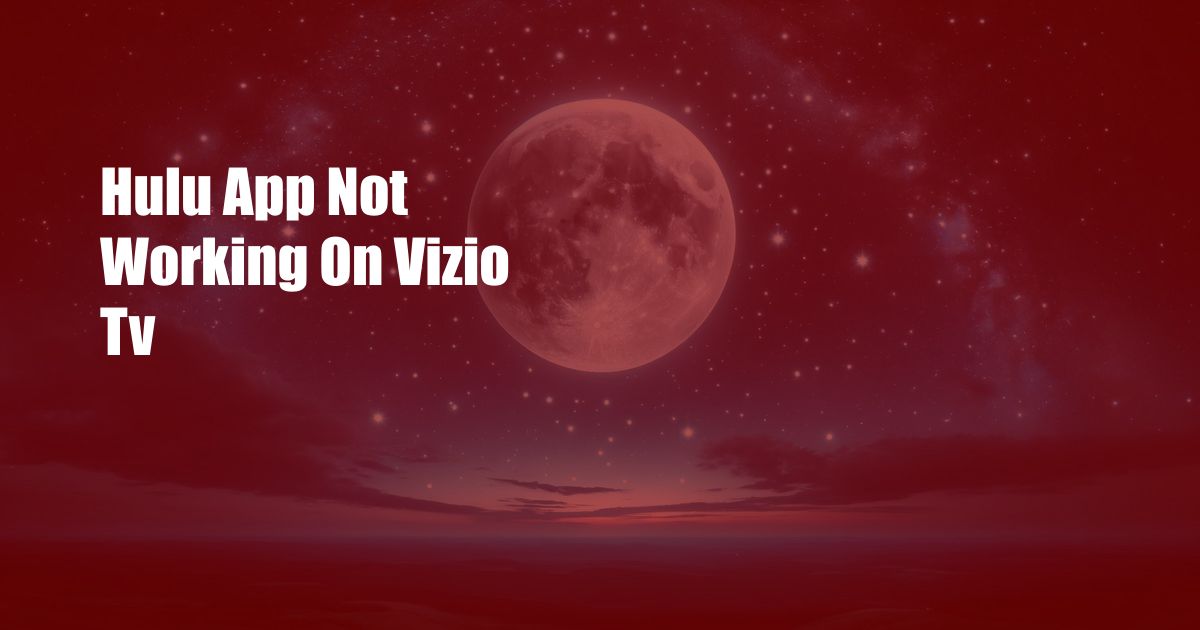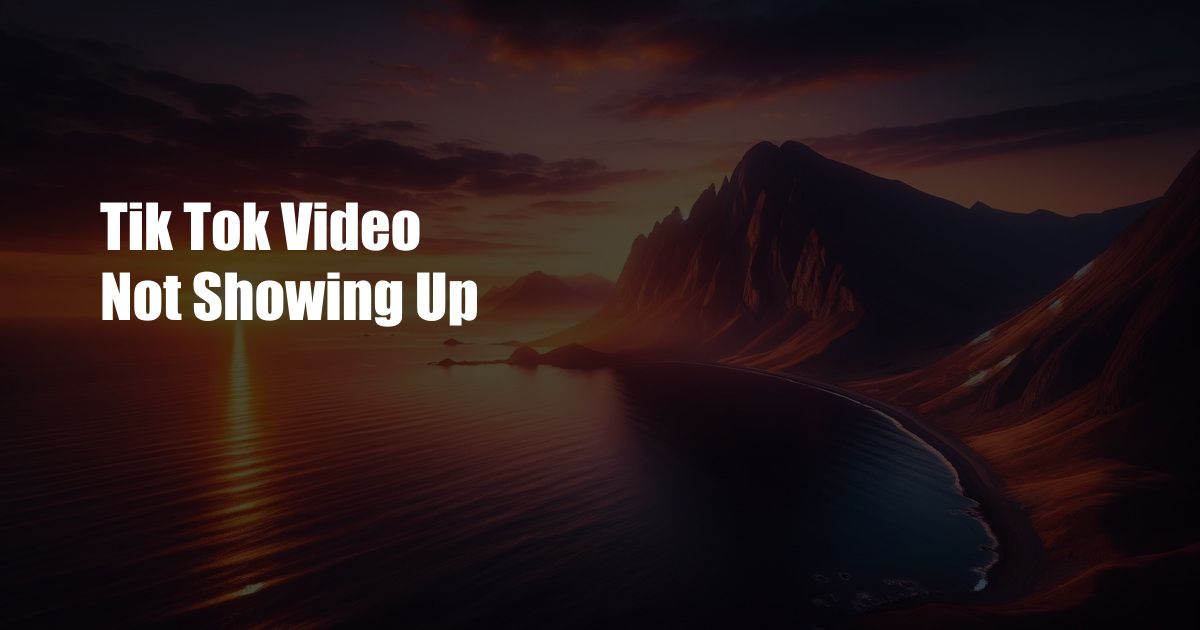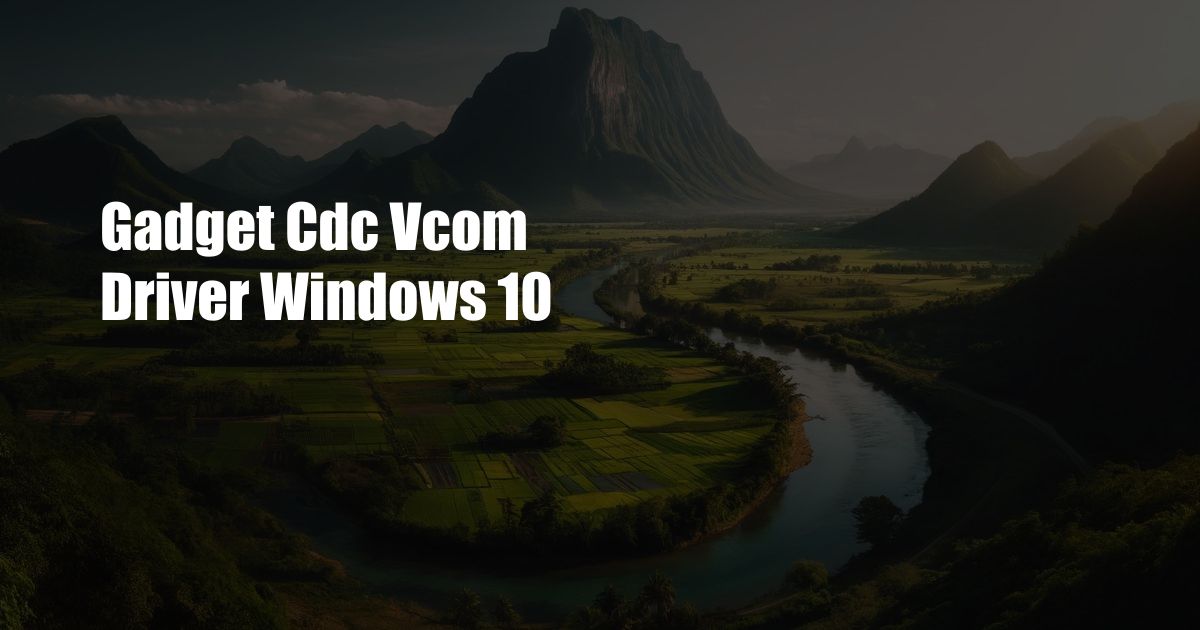How to Delete Mi Account Without Password and Mobile Number Losing access to your Mi …
Read More »
3 days ago
Tiktok Sound Not Working Iphone
TikTok Sound Not Working on iPhone: Troubleshooting and Fixes Like me, you must have experienced the…
4 days ago
Hulu App Not Working On Vizio Tv
Hulu App Not Working on Vizio TV? Here’s How to Fix It! I was all excited to watch my favorite…
1 week ago
Tik Tok Video Not Showing Up
TikTok Video Not Showing Up? Let’s Troubleshoot Your Troubles Oh, the frustration! You’v…
1 week ago
Why Does The Peacock App Keep Buffering
Why Does the Peacock App Keep Buffering? It can be incredibly frustrating when you’re trying t…
3 weeks ago
Gadget Cdc Vcom Driver Windows 10
Gadget CDC VCOM Driver Windows 10: Ultimate Guide Have you ever encountered a situation where your g…
-
Tiktok Sound Not Working Iphone
TikTok Sound Not Working on iPhone: Troubleshooting and Fixes Like me, you must have experienced …
Read More » -
Hulu App Not Working On Vizio Tv
-
Tik Tok Video Not Showing Up
-
Why Does The Peacock App Keep Buffering
-
Gadget Cdc Vcom Driver Windows 10
-
Close Up Of Flowers Photography
Close Up of Flowers Photography: Capturing the Delicate Beauty of Nature The world around us …
Read More » -
Event Photography Company: Capturing Memories That Last A Lifetime
-
How To Take Heirloom Portraits: Tips And Tricks
-
Urban Exploring With Kappy: The Thrilling Adventure Of Exploring Hidden Gems In The City
-
Blur Captions For Instagram: Add A Touch Of Elegance To Your Posts
-
Close Up Of Flowers Photography
Close Up of Flowers Photography: Capturing the Delicate Beauty of Nature The world around us …
Read More » -
Ezra Middle Name: What You Need To Know
-
Christmas Maternity Photos: Capturing The Magic Of The Season
-
The Venus Legacy Machine: The Ultimate Solution For All Your Body Contouring Needs
-
Returning Diapers To Walmart Without Receipt: A Comprehensive Guide
-
Sharon Umansky Benton: A Woman Of Many Accomplishments
Introduction Sharon Umansky Benton is a name that rings a bell in the minds of …
Read More » -
Gerard Butler Height: All You Need To Know In 2023
-
Michael Buble Height
-
Meesha Garbett Age: Everything You Need To Know
-
Romeo Miller Height: Everything You Need To Know
-
Jelani Harrison Birthday: Celebrating A Talented Musician
Introduction Jelani Harrison is a rising star in the music industry, known for his soulful …
Read More » -
Kevin Holland Net Worth: His Rise To Fame And Fortune
-
Butch Patrick Net Worth: A Look At The Life Of A Child Star
-
Meredith Marakovits Salary: A Look At The Career Of One Of Baseball's Biggest Reporters
-
Toriah Lachell: The Rising Instagram Star

 Hovk.org Trusted Information and Education News Media
Hovk.org Trusted Information and Education News Media

